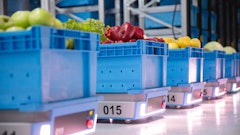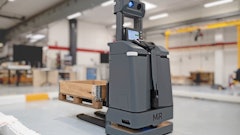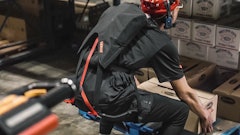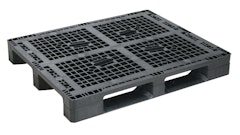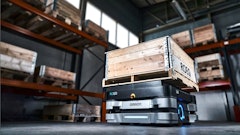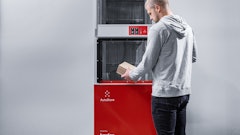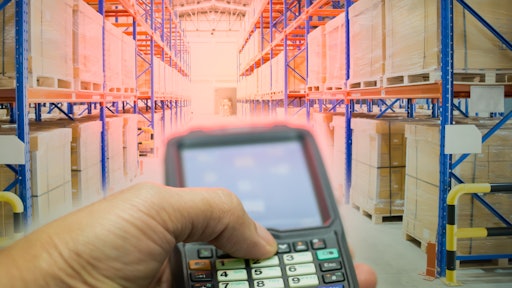
Over the years, executing a risk mitigation plan has transformed from something that’s nice to have to something that every company must have, at all times, in all facets of the organization.
From the influx of cargo theft, cybersecurity threats, food safety and driver shortage to geopolitical tensions, strikes from rail/dock workers, natural disasters and more, even the smallest gap can pose serious threat to people, product and plant.
Liken it to the blind leading the blind, getting lost in a maze or driving while blindfolded.
Not being able to see ahead and predict and plan accordingly is what sometimes plagues many of today’s supply chain companies.
That’s why mitigating supply chain threats is of utmost importance heading into 2024.
Marina Mayer, editor-in-chief of Food Logistics and Supply & Demand Chain Executive, talks exclusively with Peter Cadigan, consumer products senior analyst with RSM US LLP, about how relying on automation to streamline processes in the warehouse and optimize business processes will be key to scaling growth without compromising profitability.
CLICK HERE to read the article in full.
Food Logistics: What are some of the cold food chains biggest threats to date? And why?
Peter Cadigan: Increased cost of capital is going to be the underlying challenge behind many of the threats impacting the cold foods supply chain. The dearth of cold and frozen storage infrastructure in the US presented challenges dating back to before the pandemic. When demand surged in 2020 and 2021, we saw developers start to build cold storage facilities on spec in a meaningful way for the first time. Now, with interest rates changing the math on those investments, there could be a slowdown of similar investments.
The issue touches on labor challenges as well. Many of the lower wage jobs in the cold storage supply chain simply aren’t attractive. We’ve seen the industry raise wages to attract and retain workers, but we’ve seen real benefits for business that have invested in automation and robotics to offset their reliance on those jobs and get more out of their higher waged labor force. With capital costs on the rise those types of investments have become more expensive.
Food Logistics: 2023 saw a lot of instability within the supply chain, such as geopolitical sanctions, natural disasters, inflation, etc. From your vantage point, how do these factors impact/influence the way companies can mitigate supply chain threats?
Cadigan: It all comes down to data. There’s a focus on profitability across the food and beverage ecosystem that has everyone looking for efficiency from their supply chain. Logistics companies need to be able to capture, validate and action data collected to ensure they are operating effectively and in real time as disruptions continue to emerge. Those companies that not only use data collected to drive efficiency but show value to their customer and vendor stakeholders are best positioned in this environment.
Food Logistics: Labor disruptions are also substantially higher this year, up 136%, according to Resilinc data. This includes company and site-level strikes, national strikes, layoffs and labor protests, among others. What does this mean for the future of cold food supply chains?
Cadigan: Automation. Simply put, these businesses needed get more out of a reduced headcount. The labor environment isn’t conducive to continue to lure employees with higher wages, especially as stakeholders are looking for more efficiency. Relying on automation to streamline processes in the warehouse and optimize business processes will be key to scaling growth without compromising profitability.
CLICK HERE to read the article in full.








